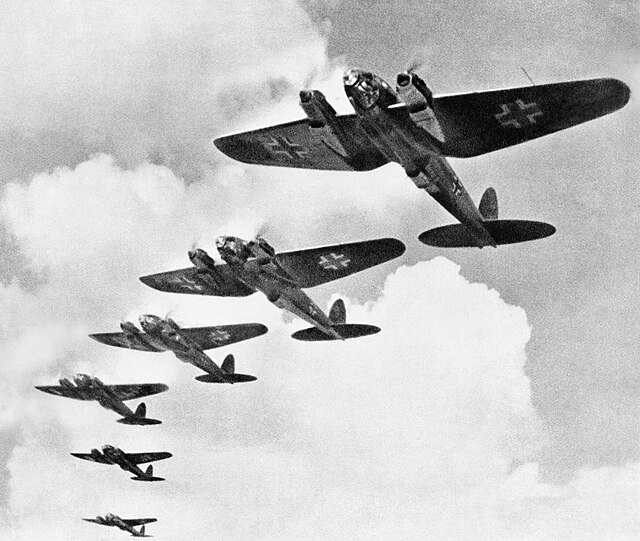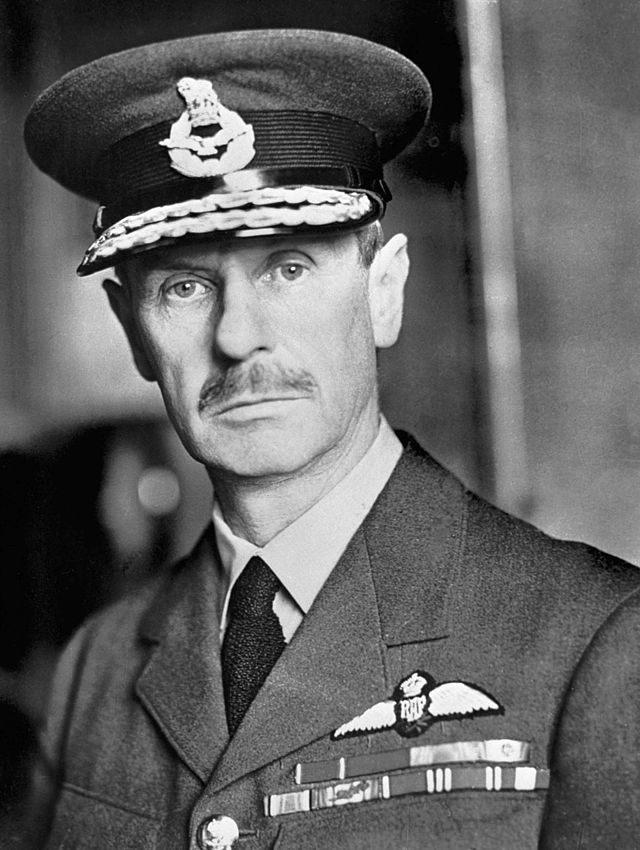
THEIR FINEST HOUR, 85 YEARS ON
85 years ago, the skies over Britain became the stage for one of the most pivotal and heroic chapters of the Second World War - the Battle of Britain.

The battle itself was more than an aerial conflict - it was Britain’s moment of reckoning; a test of will, courage and identity in the face of annihilation. In the summer of 1940, with Europe under Hitler’s heel and America not yet in the war, Britain stood utterly alone. The skies above the English Channel became a battleground not just for planes, but for the soul of a nation. Wave after wave of German bombers came with the promise of destruction and surrender - but they were met with unflinching defiance. The Royal Air Force, impossibly outnumbered, rose to meet them day after day, defending not just territory, but hope itself.
This was a crucial turning point - not just in military strategy, but in national morale. Before the Battle of Britain, the Nazi war machine had seemed unstoppable. But here, in the blue skies over Kent and Sussex, that illusion cracked. For the first time, Hitler had been held back - not by a superpower, but by a battered island, fuelled by determination, unity, and the bravery of a few hundred pilots. It proved to the world - and more importantly, to Britain herself - that resistance was possible, that tyranny could be challenged, that this war could be won.
Churchill’s words captured it best: “If the British Empire and its Commonwealth last for a thousand years, men will still say, ‘This was their finest hour.’”
As we mark this significant anniversary, we invite you to journey back to that summer and autumn of 1940 as, over the coming weeks, we will be publishing a five-part blog series; each post diving into one of the key phases of the battle, from the early probing raids to the climactic clashes that defined a generation. Join us as we explore the courage, strategy and sacrifice that shaped the outcome of this legendary conflict.
Phase 1: Factories Under Fire

As you may already know, during the Second World War, ports, industrial towns, and factories producing vital war materials became prime targets for German attacks. These attacks were meant to break Britain's ability to fight back, but it was under this pressure, through extraordinary foresight and leadership, that the country’s air and ground defences, were built.
Central to that defence was Air Chief Marshal Hugh Dowding, a figure who proved to be crucial in the fight for victory. While Spitfires and Hurricanes clashed with enemy aircraft in dramatic dogfights, and “The Few” etched their place into legend, it was Dowding who built the system that allowed such a defence to exist. He was instrumental in creating Fighter Command, integrating early radar technology known as Chain Home, and developing a groundbreaking command and control system that allowed Britain's limited number of fighters to be used with pinpoint accuracy.
Dowding’s leadership style was calm, measured and deeply focused. In an age of high emotion and intense pressure, he remained unshakable - making difficult decisions that often put him at odds with his political and military peers. He always prioritised the safety and effectiveness of his men, and his systems-thinking approach not only helped win the battle but also laid the foundation for modern air defence.
As we reflect on the vital role of Britain's industrial resilience and the quiet genius of leaders like Hugh Dowding, it becomes clear that the Battle of Britain was won not only in the skies, but through the systems that supported them. In our next instalment, “Phase 2: Radar & Runways,” we will delve into the technological and tactical innovations that gave Britain an edge against overwhelming odds. From the early warning power of radar to the network of runways that kept the RAF airborne, we’ll uncover how a combination of science, strategy and infrastructure became the backbone of Britain’s survival.



